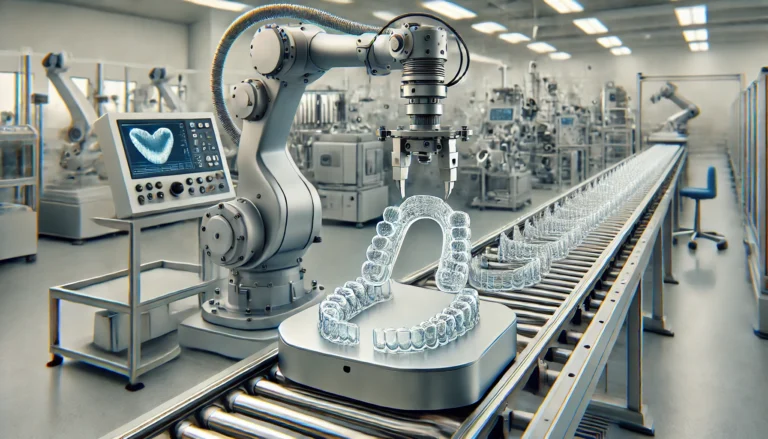
Are you considering orthodontic treatment and trying to decide between Invisalign and traditional braces? Both options come with distinct advantages, but they also vary considerably regarding treatment time, comfort, and overall experience. But how long does Invisalign take compared to traditional braces?
This article will delve into what Invisalign and traditional braces are, how each system operates, and the benefits they provide. Additionally, it will compare their treatment durations and examine the factors that can influence the pace of your orthodontic journey.
Continue reading to discover which option may be the most suitable for you!
What Is Invisalign?

Invisalign is a remarkable orthodontic treatment that employs clear aligners to straighten teeth and improve dental alignment for those seeking effective and visually appealing solutions.
Unlike traditional metal braces, Invisalign aligners are crafted from smooth, comfortable plastic that is nearly invisible. This characteristic makes them a preferred option among both adults and teenagers who wish to enhance their smiles discreetly.
How Does Invisalign Work?
Invisalign works by utilising a series of custom-made clear aligners that gradually shift the teeth into their desired positions through controlled tooth movement. Each set of aligners is intended to be worn for approximately two weeks before being replaced with the next set, all while following a personalised treatment plan that is closely monitored by your orthodontist.
The process of creating these aligners begins with advanced 3D scanning technology, which captures detailed images of the teeth and gums, ensuring precision in the design. Once these digital impressions are obtained, the orthodontist formulates a unique treatment plan that outlines the entire journey towards achieving a straighter smile.
The effectiveness of this approach largely depends on patient compliance; wearing the aligners for the recommended 20 to 22 hours per day is essential.
Regular dental visits enable the orthodontist to assess progress and make any necessary adjustments, fostering optimal treatment outcomes and ensuring that each patient’s specific needs are addressed throughout their orthodontic journey.
What Are the Benefits of Invisalign?
The benefits of Invisalign are quite substantial, making it a popular option for individuals seeking orthodontic treatment. These advantages include the convenience of removable aligners, which promote better oral hygiene, a higher level of comfort due to the absence of sharp metal components, and the aesthetic appeal of a clear aligner system.
This system allows for discreet tooth straightening, avoiding the visibility associated with traditional braces. While the cost of Invisalign in the UK may be higher than some traditional options, many patients find the added convenience, comfort, and aesthetic benefits well worth the investment.
In terms of patient satisfaction, many individuals appreciate that Invisalign provides a greater sense of control over their treatment journey. Unlike traditional braces, which can lead to discomfort and require frequent adjustments, the aligners are custom-fitted to each person’s unique smile. This ensures a snug yet gentle progression towards the desired results.
Additionally, the ability to remove the aligners during meals means that there are no dietary restrictions, allowing for a seamless integration into daily life. Consequently, individuals can maintain their usual eating habits and participate in social situations without feeling self-conscious. This flexibility significantly enhances their overall quality of life while effectively improving their dental aesthetics.
What Are Traditional Braces?
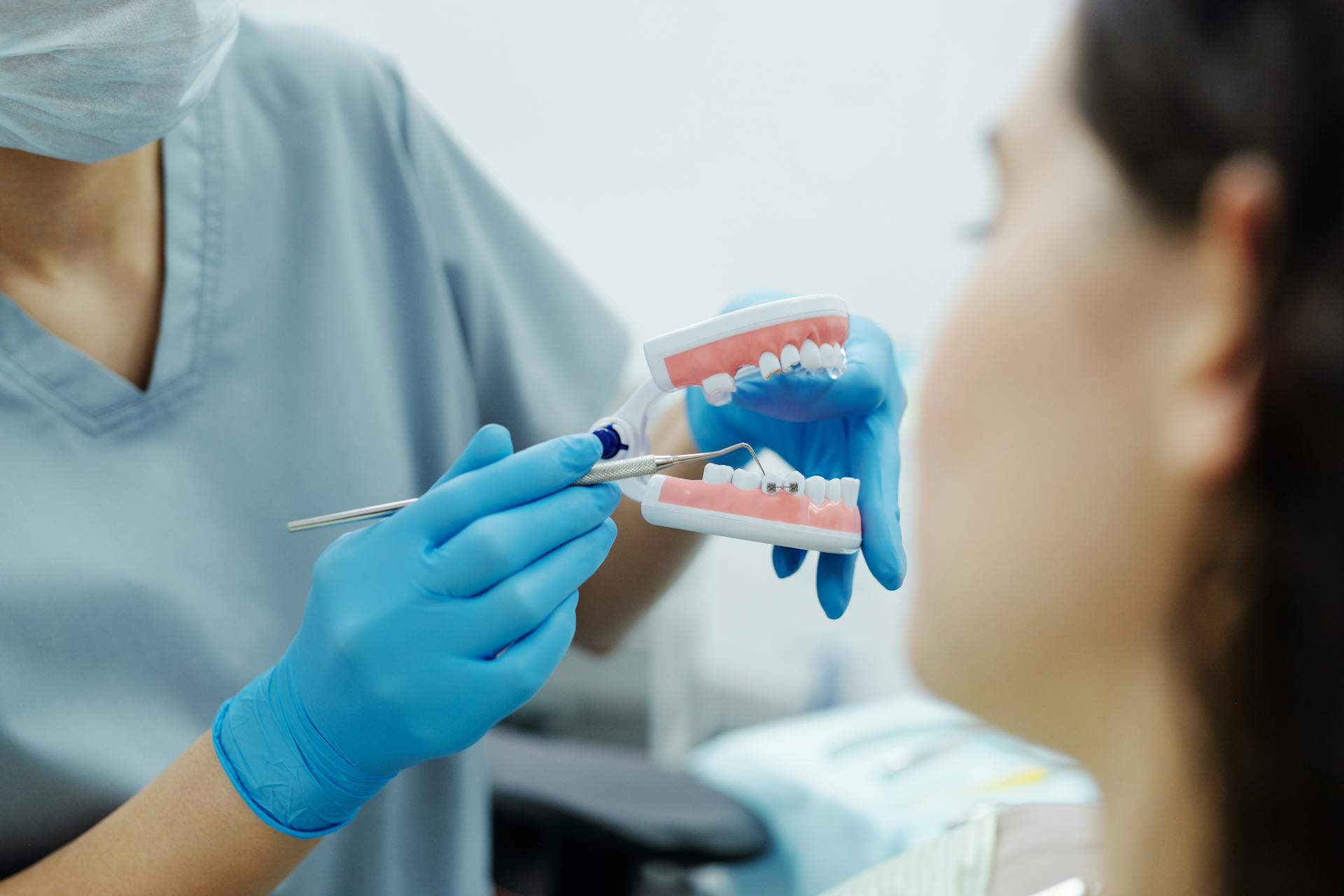
Traditional braces represent a well-established method of orthodontic treatment that employs metal brackets and wires to gradually correct dental alignment and bite issues.
Commonly known as metal braces, this system has served as a reliable option for many years, offering effective solutions for various crowding issues and gaps between teeth.
Throughout the treatment process, the focus remains on prioritising the patient’s dental health, ensuring that their needs are addressed effectively.
How Do Traditional Braces Work?
Traditional braces function by applying consistent pressure to the teeth through a combination of brackets, wires, and bands, which gradually guide the teeth into their desired positions over time. Regular adjustments by the orthodontist are essential to ensure continuous movement of the teeth and to alleviate any discomfort that may arise from pressure points.
These adjustments are typically scheduled every four to six weeks, allowing the orthodontist to monitor progress and make any necessary modifications to the wire tension. During these follow-up visits, compliance factors such as wearing elastics as instructed and maintaining good oral hygiene are critical to the overall effectiveness of the treatment.
The success of traditional braces is significantly dependent on a well-structured treatment plan that outlines the expected timeline and goals. This plan enables both the patient and the orthodontist to track improvements and make informed decisions on the journey towards achieving a beautifully aligned smile.
What Are the Benefits of Traditional Braces?
The benefits of traditional braces go beyond merely straightening teeth; they provide long-term results and are effective in addressing various orthodontic issues, such as severe crowding, bite correction, and alignment accuracy.
Although they may initially be considered less comfortable than clear aligners, many patients ultimately find that the consistent results achieved with traditional braces make them a valuable investment in their dental health.
This method is particularly effective in complex cases that require significant tooth movement, producing outcomes that meet patient expectations and enhance overall oral function.
Unlike removable options, traditional braces are securely attached to the teeth, ensuring that each adjustment contributes directly to the desired alignment without any risk of misplacement.
Treatment time for traditional braces often reflects the advancements in orthodontic techniques, with many patients experiencing remarkable transformations in just a few months. As a testament to their effectiveness, users frequently report high satisfaction levels, appreciating not only the aesthetic improvements but also the positive impact on their long-term dental health.
What Is the Treatment Time for Invisalign vs Traditional Braces?
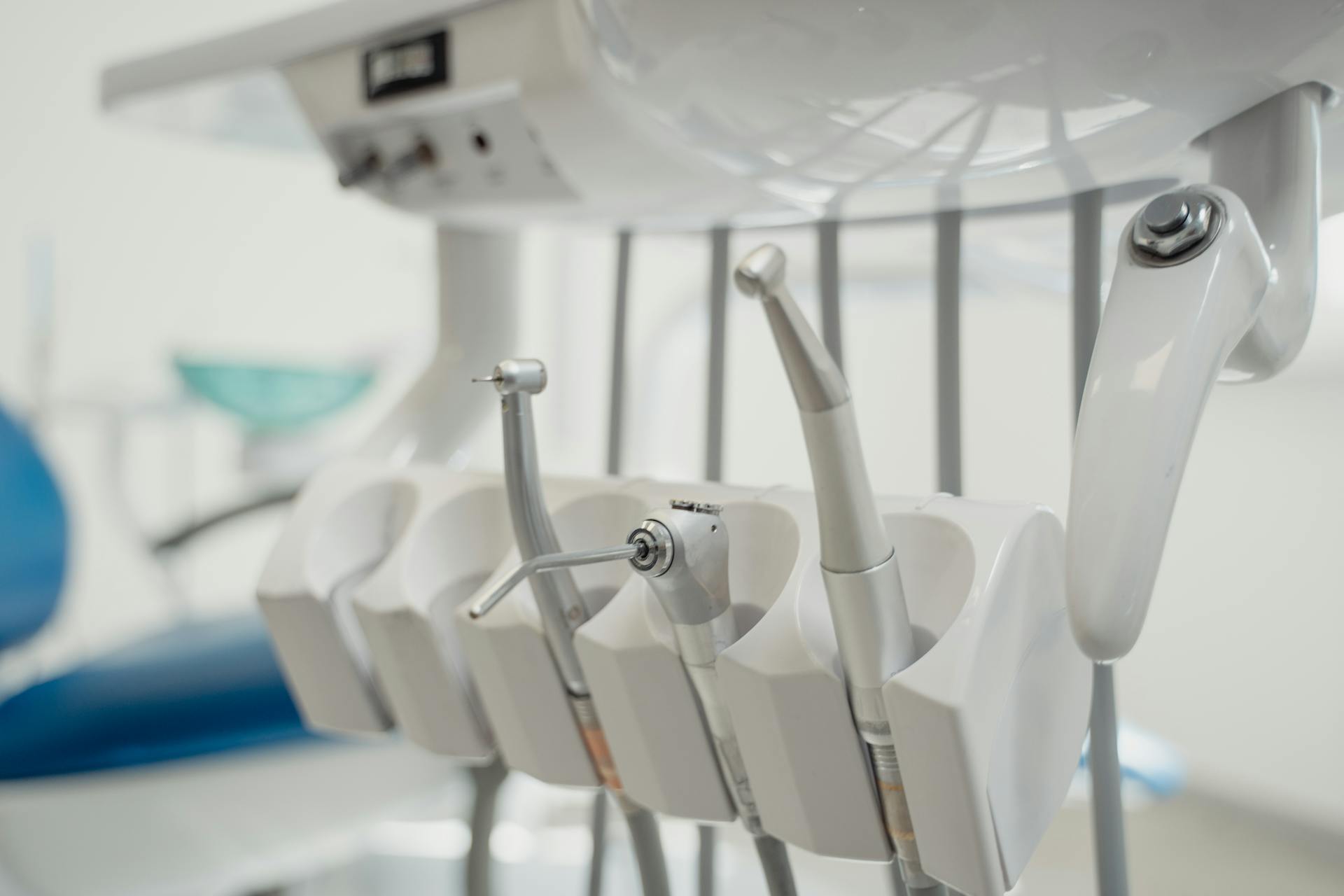
When evaluating Invisalign vs traditional braces, one important factor to consider is treatment time, which can vary notably based on the complexity of the case and the patient’s adherence to the treatment plan.
Typically, Invisalign offers a shorter treatment duration for mild to moderate alignment issues, while traditional braces might be more appropriate for complex misalignments that necessitate a longer period of wear to achieve the best results.
How Long Does Invisalign Take?
The duration of Invisalign treatment usually ranges from 6 to 18 months, depending on each individual’s specific orthodontic requirements and their commitment to wearing the aligners for the recommended 20 to 22 hours each day. Regular changes of the aligners, typically every two weeks, promote consistent tooth movement towards the desired alignment.
It’s important to highlight that patient compliance is critical to the effectiveness of the treatment. For example, individuals who consistently wear their aligners as directed generally see faster and more efficient results.
Lifestyle factors, such as dietary choices and oral hygiene habits, can also have a significant impact on the overall treatment timeline. Patients who keep up with regular dental check-ups and diligently clean their aligners help ensure that their treatment stays on track, avoiding unnecessary delays.
Ultimately, a patient’s commitment to following their treatment plan can greatly enhance the speed at which they achieve that ideal smile.
How Long Do Traditional Braces Take?
The treatment duration for traditional braces typically ranges from 18 to 36 months. This timeframe can vary based on the severity of the dental issues being addressed and how frequently adjustments are required from the orthodontist. Regular dental visits are essential for monitoring progress and ensuring that the treatment remains on track for optimal long-term results.
Several factors can influence the treatment duration, including the complexity of the individual case, such as overcrowding, spacing issues, and jaw alignment. Patients usually require a specific number of adjustments to achieve the desired outcomes, which may extend the overall treatment period.
Additionally, it is important to consider the retention phase that follows the removal of braces. Wearing retainers is crucial in maintaining the corrected position of the teeth. Educating patients about the significance of adhering to post-treatment guidelines is vital to prevent relapse and ensure lasting success.
Factors That Affect Treatment Time
There are several factors that can influence the treatment time for both Invisalign and traditional braces, ultimately affecting how quickly patients can achieve their desired dental alignment.
Among these factors are the severity of misalignment, the patient’s compliance with wearing their aligners or attending necessary adjustments, and the patient’s age. Generally, younger individuals tend to have more adaptable teeth and jaw structures, which can contribute to a shorter treatment duration.
Severity of Misalignment
The severity of misalignment plays a crucial role in determining the duration of treatment for both Invisalign and traditional braces. Generally, more complex cases necessitate longer periods for effective tooth movement. An orthodontic evaluation is essential for assessing the degree of misalignment and developing a suitable treatment plan.
For example, patients experiencing severe crowding or significant gaps between their teeth may need to commit to treatment for a longer time than those dealing with minor spacing issues. In situations where the bite is misaligned, the orthodontist may recommend additional procedures, such as extractions or the use of retainers, which could further extend the treatment timeline.
Timely intervention is vital; addressing severe misalignment at an early stage can help prevent more complicated issues down the line, leading to better outcomes. Understanding these nuances highlights the importance of comprehensive assessments to align expectations with the realities of treatment.
Compliance with Treatment Plan
Patient compliance with the prescribed treatment plan is essential for achieving the desired results within the expected timeframe for both Invisalign and traditional braces. Following guidelines, such as wearing aligners as directed and attending scheduled adjustments, can greatly enhance the effectiveness of the treatment.
When patients take an active role in their orthodontic journey, they not only facilitate better outcomes but also potentially reduce the overall time needed to attain that perfect smile. Regular check-ins with their orthodontist can provide valuable insights into their progress, while setting reminders for aligner changes or appointments can be effective tools for maintaining consistency.
Moreover, understanding the importance of proper oral hygiene during treatment is crucial in preventing complications that could delay progress. Patients should take the initiative to educate themselves about the consequences of non-compliance and consider documenting their progress.
This proactive approach can serve as a strong motivator to stay on track and achieve their desired results efficiently.
Frequency of Appointments
The frequency of appointments is a crucial factor in the overall treatment timeline for both Invisalign and traditional braces. Regular follow-up visits are necessary to monitor progress and make any required adjustments. By ensuring that appointments are kept as scheduled, patients can help maintain an efficient treatment duration.
These regular visits are essential for assessing the alignment of teeth and determining whether the anticipated movements are being achieved. A dental professional can identify any issues early on, which can significantly impact the overall effectiveness of the treatment plan.
In this context, patient compliance becomes vital. Adhering to the recommended schedule directly influences the timeline and the ultimate success of the treatment. By prioritising these appointments, individuals can ensure that any adjustments needed for their braces or aligners are made promptly, paving the way for a smoother journey towards their desired smile.
Age of Patient
The age of a patient can play a significant role in determining the duration of orthodontic treatment. Younger patients tend to experience faster tooth movement due to their still-developing dental structures, which often results in shorter treatment times for children and adolescents compared to adults, who may require a longer timeframe for similar corrective procedures.
For instance, children frequently complete their treatment with Invisalign or traditional braces in approximately 12 to 18 months, whereas adults may find their treatment lasting anywhere from 18 months to 3 years.
The approach to treatment often varies based on age; children may benefit from early intervention strategies that capitalise on their growth spurts, while adults may encounter additional factors such as periodontal health and bone density, which can complicate treatment effectiveness.
Understanding these age-related considerations is essential for determining the best course of action for orthodontic care.
Which Treatment Option Is Faster?
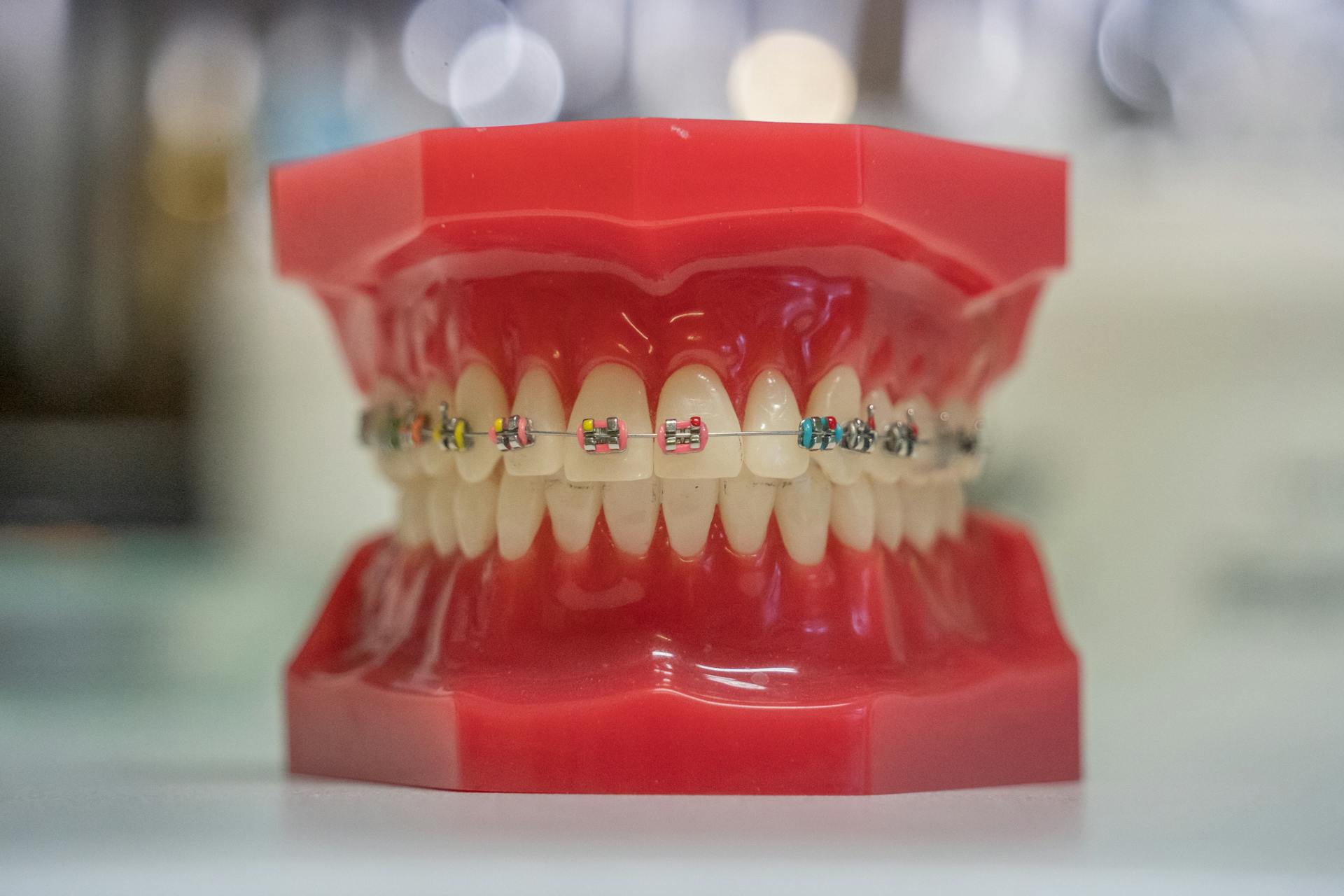
When evaluating treatment options based on speed, Invisalign typically offers a more streamlined process, often resulting in quicker outcomes for mild to moderate orthodontic cases.
On the other hand, while traditional braces may be more effective for complex realignments, they generally require a longer duration of treatment overall.
What Are the Differences in the Treatment Process?
The treatment process for Invisalign and traditional braces varies considerably in methodology, patient experience, and overall convenience. Both options aim to correct dental alignment, but they approach the task differently.
Invisalign generally involves a series of clear aligners that patients can change at home, offering a more flexible experience. In contrast, traditional braces require regular adjustments at the orthodontist’s practice, which can be less convenient for some individuals.
Invisalign Process
The Invisalign process begins with an initial consultation in which the orthodontist evaluates the patient’s dental health and formulates a personalised treatment plan. Advanced technology, including 3D scanning, is employed to design custom aligner trays tailored to the individual’s needs.
Patients will receive a series of aligners, which they will change every 1 to 2 weeks, allowing for continuous monitoring of their progress.
During this phase, the orthodontist will discuss the anticipated duration of treatment, which can vary depending on the complexity of the case and the specific needs of the patient. Adherence to the treatment plan is essential; wearing the aligners for the recommended 20 to 22 hours a day is crucial for achieving optimal results and enhancing overall satisfaction with the process.
Regular follow-up appointments will be scheduled to assess how effectively the aligners are guiding the teeth into the desired position. As treatment progresses, the orthodontist may make necessary adjustments to the plan to ensure that all movements align closely with the projected outcomes, ultimately resulting in a successful transformation of the smile.
Traditional Braces Process
The process of obtaining traditional braces begins with an orthodontic evaluation to assess individual dental needs. Following this assessment, metal brackets and wires are applied to the teeth.
Throughout the treatment, regular adjustments are scheduled to ensure that the teeth move properly, and follow-up visits are essential for monitoring progress and maintaining dental health.
These adjustments, typically made every four to six weeks, are crucial for effectively guiding the teeth into their desired positions. Each visit serves not only as an opportunity to review treatment progress but also as a moment for patient education, allowing for the discussion of important oral hygiene practices that are vital during this period.
Patients are encouraged to recognise the significance of avoiding certain foods that could potentially damage the braces, as well as the necessity of adhering to a thorough brushing and flossing routine.
With each adjustment, the orthodontist carefully fine-tunes the pressure applied, ensuring that the treatment remains on course and promotes optimal dental health.
Which Treatment Option Is More Comfortable?
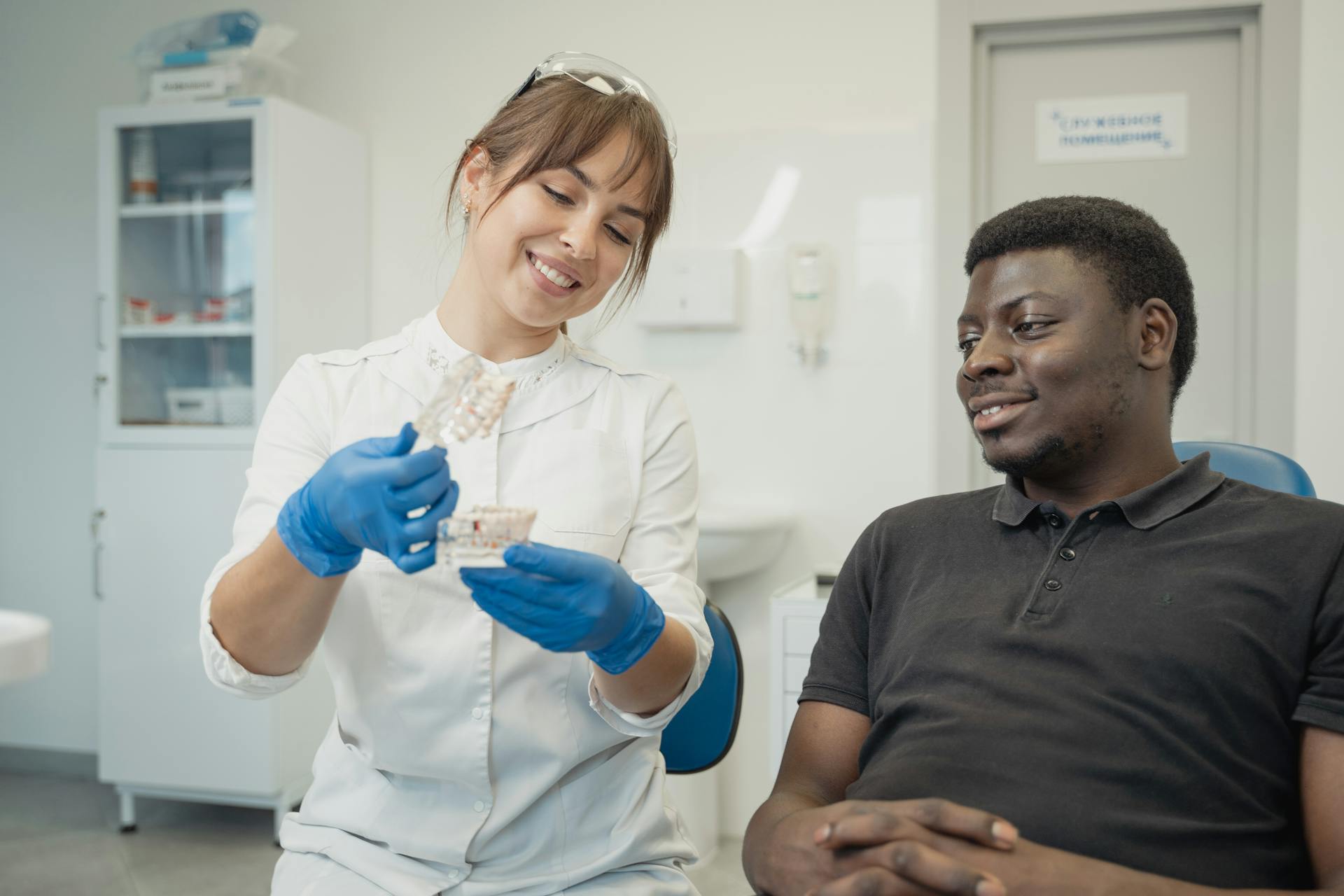
In terms of comfort, Invisalign typically stands out as the preferred option. Its clear aligners are smooth and designed to fit snugly against the teeth, which significantly minimises discomfort compared to traditional braces.
In contrast, metal braces can lead to irritation and soreness because of the brackets and wires, particularly following adjustments.
Frequently Asked Questions
1. How long does Invisalign take compared to traditional braces?
In general, Invisalign takes about 12-18 months to straighten teeth, while traditional braces can take anywhere from 18-36 months. However, the exact duration can vary depending on individual cases and the severity of the misalignment.
2. Will I have to wear Invisalign aligners longer than traditional braces?
No, you will not have to wear Invisalign aligners longer than traditional braces. In fact, Invisalign is often known for its faster treatment time compared to traditional braces, thanks to its advanced technology and customised treatment plan.
3. Are there any factors that can affect the duration of Invisalign treatment?
Yes, there are a few factors that can affect the duration of Invisalign treatment, such as the complexity of the case, patient compliance in wearing aligners for the recommended amount of time, and any necessary refinements during the treatment process.
4. Do I have to wear Invisalign aligners for the entire duration of the treatment?
Yes, in order to achieve optimal results and ensure the treatment progresses as planned, it is important to wear Invisalign aligners for at least 22 hours a day. Taking them out for extended periods of time can prolong the treatment process.
5. Can Invisalign treatment be faster than traditional braces?
In some cases, Invisalign treatment can be faster than traditional braces. This is due to the advanced technology and customised treatment plan of Invisalign, which can address specific concerns more efficiently.
6. Is the duration of Invisalign treatment worth the potential benefits?
Yes, the duration of Invisalign treatment is worth the potential benefits in many cases. Not only does Invisalign offer a faster treatment time, but it also provides a more discreet and comfortable option for straightening teeth compared to traditional braces.

